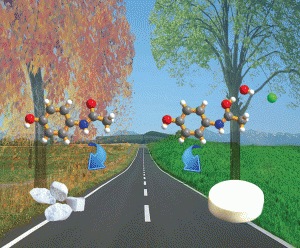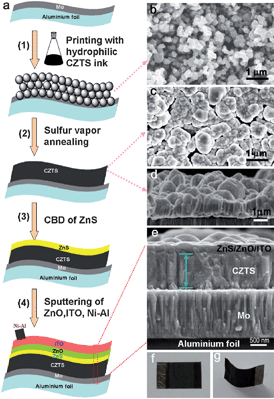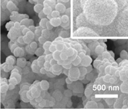 |
CrystEngComm has recently published its latest themed issue in Crystal Engineering and Crystallography in the Pharmaceutical Industry. The issue, guest edited by Magali Hickey (Alkermes), Örn Almarsson (Alkermes) and Matt Peterson (Amgen) highlights the importance of crystal structure in pharmaceutical R&D.With topics ranging from mechanochemistry, co-crystal separation, and polymorph screening, this issue promises to deliver the latest, cutting-edge research in this field. |
Here’s a small taster of what the issue has to offer:
Highlight by Amit Delori, Tomislav Friščić and William Jones: The role of mechanochemistry and supramolecular design in the development of pharmaceutical materials
Highlight by Andrew D. Bond: Pharmaceutical crystallography: is there a devil in the details?
Paper by Christer B. Aakeröy, Safiyyah Forbes and John Desper: The effect of water molecules in stabilizing co-crystals of active pharmaceutical ingredients
Paper by M. S. R. N. Kiran, Sunil Varughese, U. Ramamurty and Gautam R. Desiraju: Effect of dehydration on the mechanical properties of sodium saccharin dihydrate probed with nanoindentation
Why not browse the issue now?












